
Have you ever wondered if romaine hearts are different from leaves? You’re not alone! A lot of people seem to think that there is a big difference between the two. So, what’s the verdict?
Are they different? Well, to be honest, there are a few small differences, but overall they are pretty much the same. Let’s take a closer look!
Table of Contents
Romaine Hearts Facts
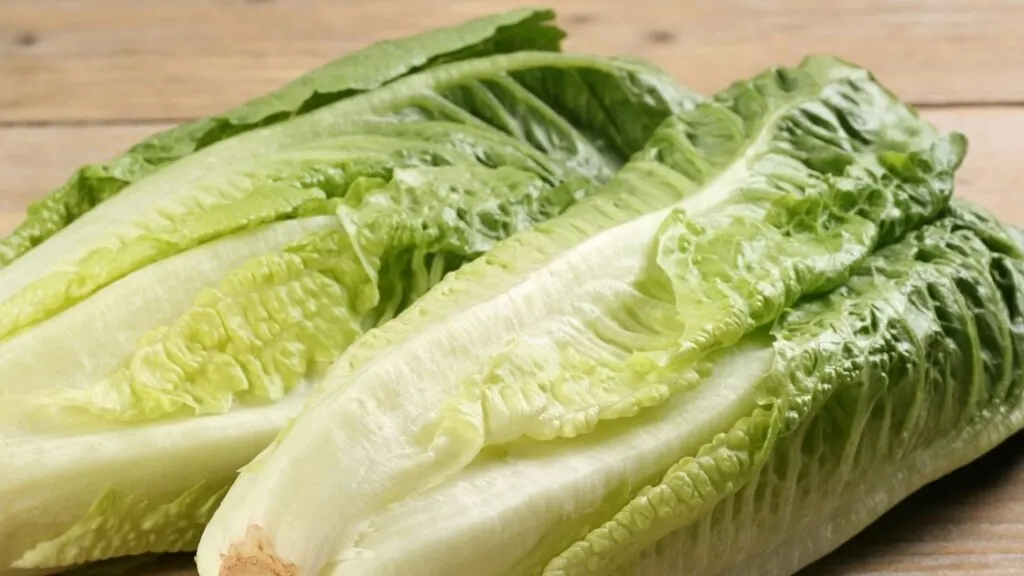
Romaine Hearts are the most flavorful and tender leaves of Romaine lettuce. They’re also smaller, brighter colored with more sweetness than other varieties that can make for an excellent Caesar salad base!
Look out though because these beautiful hearts may not last as long; avoid heads if browning or spotted since this will signal spoilage due to over-cooking which makes it harder on your immune system too!.
Stored in plastic bags at room temperature they should stay fresh up until five days max before needing another treatment but don’t stress – just use them sooner rather than later
Lettuce is a key player in the world of salads. It contributes crunchiness and flavor to the dish, with many varieties exuding small amounts of white milky liquid when their leaves are broken – giving this green leafy vegetable its bitter taste!
The name “lettuce” comes from Latin which means milk-making plant or breast-shaped seeds eaten raw by cows during the lactation period before they were domesticated 2 thousand years ago.
Brief History of Romaine Lettuce

The Aegean Island of Cod is home to Romaine lettuce, which was first bred there somewhere around 4500 BC.
This cool-season crop prefers full sun with warm days and chilly nights; it can tolerate many types of soil from clay-like consistency up into rich organic matter that provides nutrients for your plant’s roots as well confides them enough space so they don’t get too cramped together or upright in their growth pattern like what might happen if you put more tall thin ones near each other.
While most people think only heartier varieties would do fine here – meaning those plump outer leaves sold off every head
Nutrition Profile Of Romain Lettuce
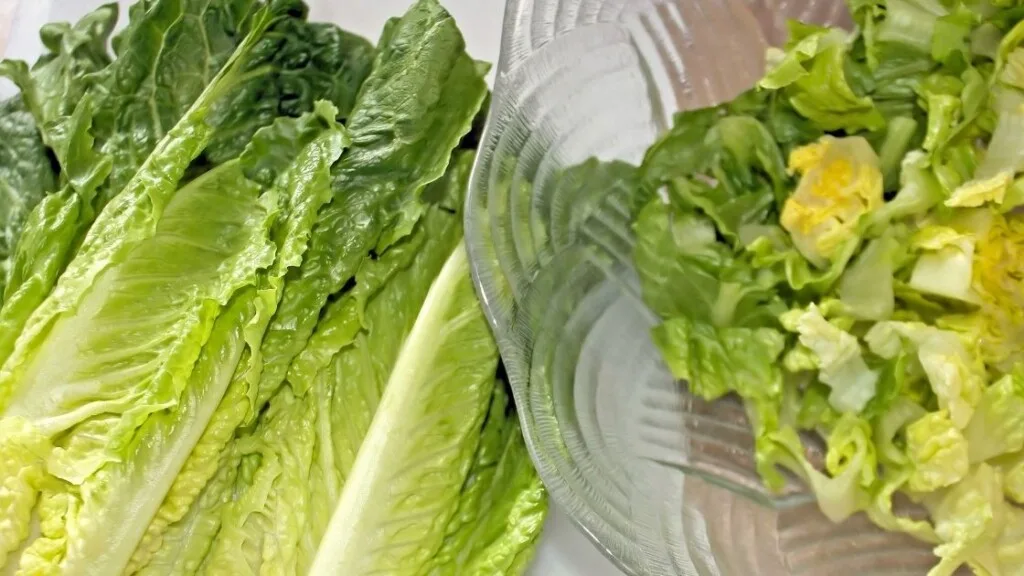
Romaine lettuce provides an excellent source of vitamins and minerals. It’s rich in dietary fiber, vitamin C-, K thiamin folate, iron potassium manganese Riboflavin B6 calcium magnesium phosphorus copper.
It also has very little saturated fat or sodium so it can be considered healthily beneficial for you!
Mixed green salads are the perfect way to get your daily dose of vitamins A and C, as well as calcium! With flavors that won’t tire out taste buds or eyes, you’ll find yourself wanting more.
Add some fresh flavor into any dish with this superfood-packed ingredient; try adding it directly onto bread such as grilled cheese sandwiches (perfect!), chicken breasts before cooking them in sauces/frying which makes them moist without being soggy thanks again to those health benefits found within its leaves – enjoy every bite !!!
Romaine Hearts Vs Leaves
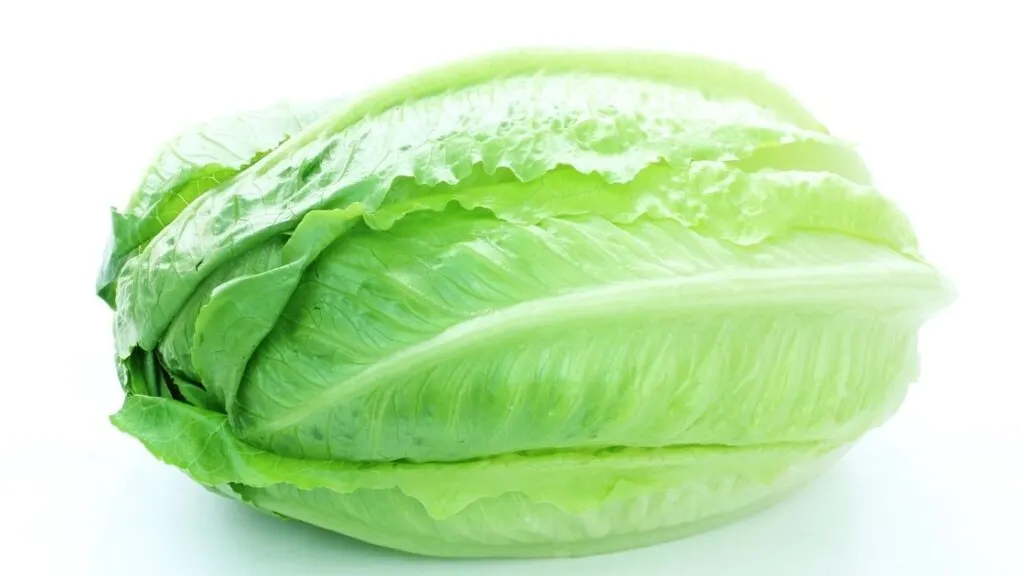
The choice between romaine hearts or leaves can be difficult, but we prefer both. Romaines provide the nutritional value of leafy lettuce while still delivering juicy crispiness that heads don’t offer!
The deeper you peel the Romaine lettuce, the greener it gets.
The leaves on top are sturdy and dark while those at its core have a paler color which might contribute towards nutritional confusion for consumers who think they’re eating healthier when in reality their diet may be lacking nutrients because of this lackluster appearance.
The rich dark inner core reflects softer shades as one peels back more layers to reveal subtle variations between these two similar looking plants
Storage Tips For Your Romaine Lettuce – Keep it Crisp, Fresh
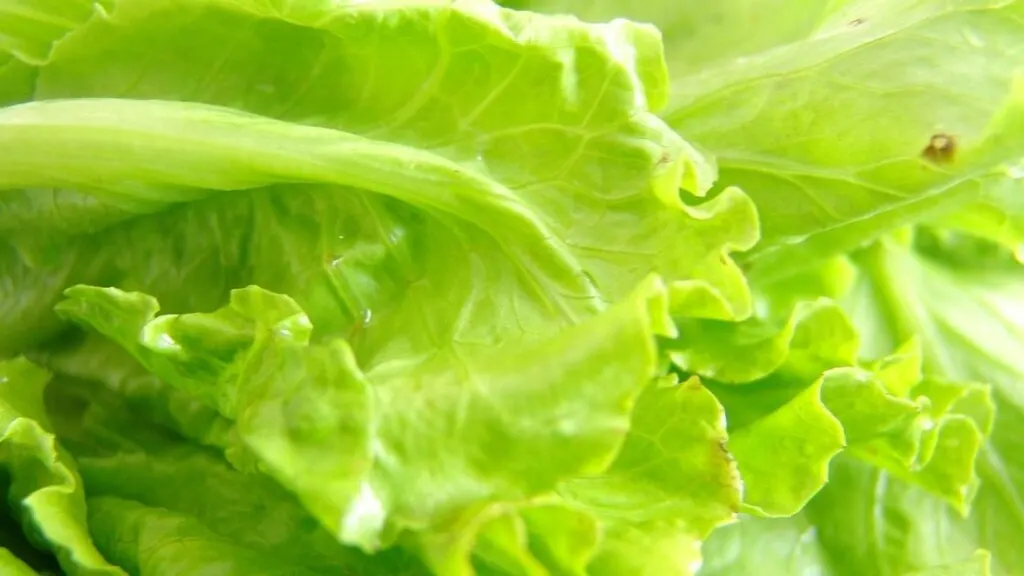
Leaf lettuce should be fresh, crisp, and well colored. Avoid wilted or spotted leaves that indicate a high degree of decay has set in the head leaves before it is too late for storage – these will spoil quickly if not properly handled during consumption.
To maintain quality longer than 1 week past when they would otherwise biologically degrade due to exposure bacteria thus risking cross-contamination with other food products such as meat/poultry which can promote pathogenic mold growth on them externally even though you may have Store Cold securely below 35 degrees Fahrenheit (2 Celsius).
How Are They Similar?
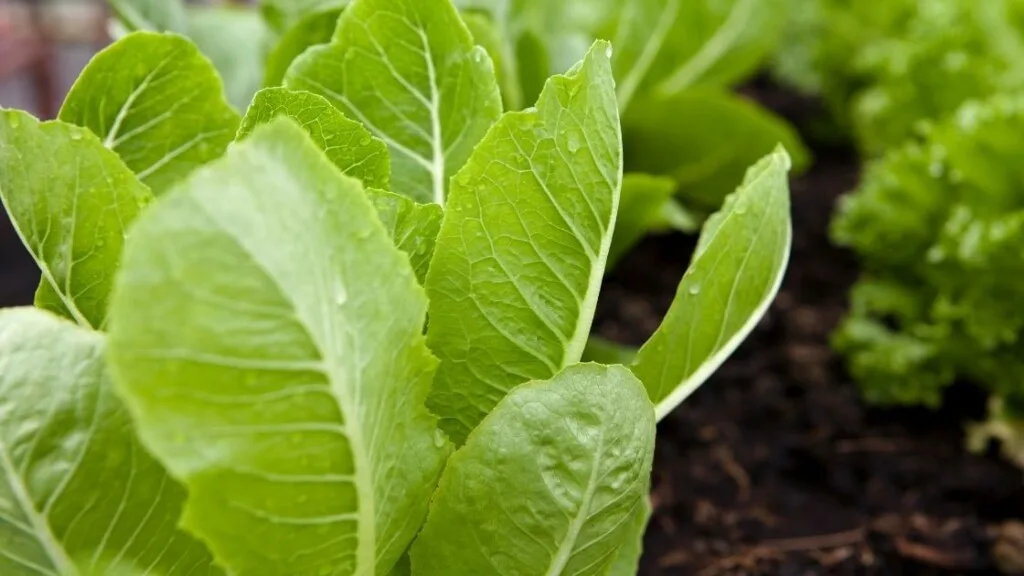
Romaine hearts and leaves boast the same impressive nutritional profile. The popular lettuce scores very high marks per 1-cup serving with 8 calories, a full gram of dietary fiber and vitamins A, C & K as well protein iron, and calcium.
It’s an appetizing source for those looking to add more vegetables into their diet or who want something that tastes great without being too overwhelming on taste buds !!!
How Can One Use Romaine At Home?
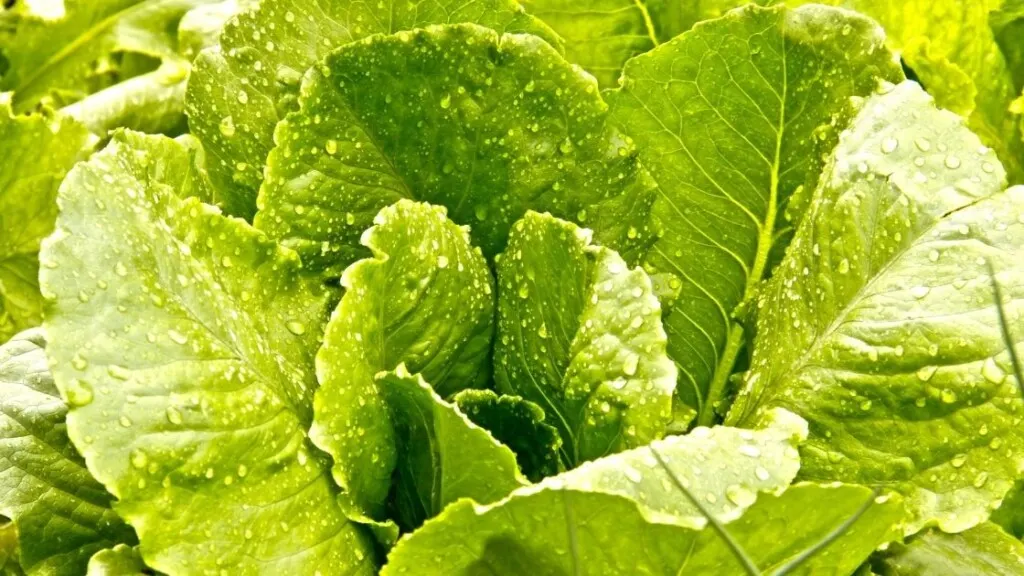
The most popular type of lettuce is undoubtedly romaine, which you can find at your local grocery store. It’s great for making Caesar salads or just eating as a side dish with chicken breast!
However, if we’re talking about nutrients then it might not be quite up there compared to other forms like a rocket (which does contain more vitamin C) and balsamic reduction fans will want broccoli rabe because its anti-inflammatory properties reduce inflammation caused by walking across many countries – including those pesky high heels from work each morning before heading into Manhattan City where stress has become chronic
Romaine lettuce is a great option for sneakily adding some extra nutrients to your favorite dishes.
This sweet potato black bean tostada uses the leaves as an excellent covering and includes chopped Romaines in their mix, which makes them particularly well suited when you need something sturdy but don’t have much time (or want) finest flavors of crunchy foods like tortillas or other bread options available!
The romaine lettuce may be the most versatile of all vegetables! You can use it in any type or form, from salads and tacos to chili.
It’s also hearty enough that you could add this leafy green as a topping for your favorite stir-fry dish – just make sure to put it at last so not too much overcooks during cooking time
Conclusion
Conclusion paragraph: We hope you find this article helpful in understanding the differences between Romaine’s hearts and leaves. If so, please share with your friends on social media! Thanks for reading!

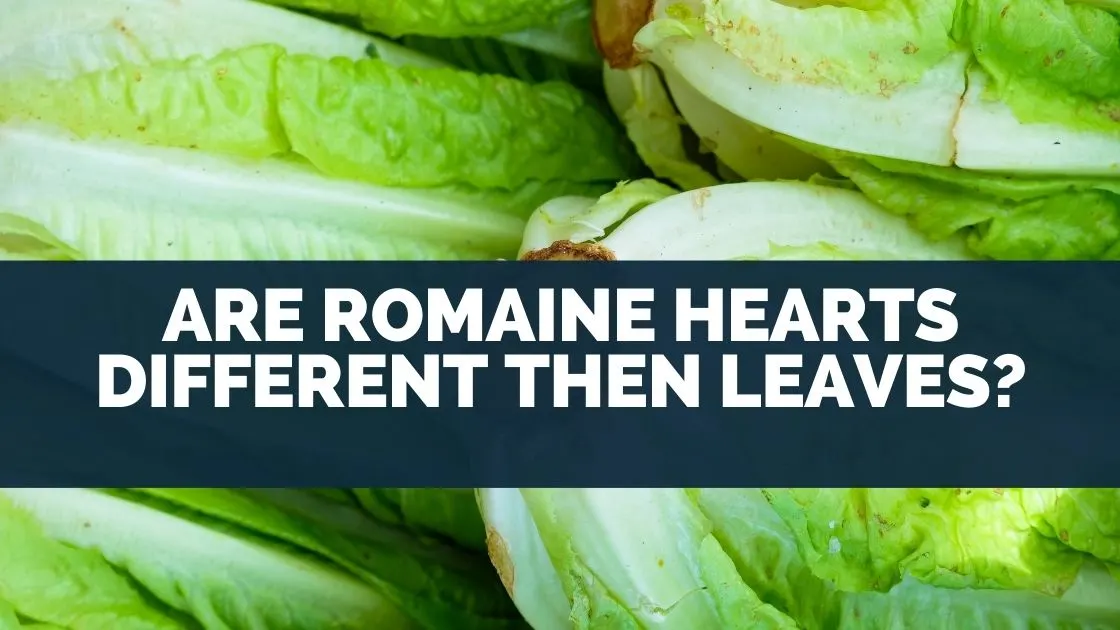
Leave a comment